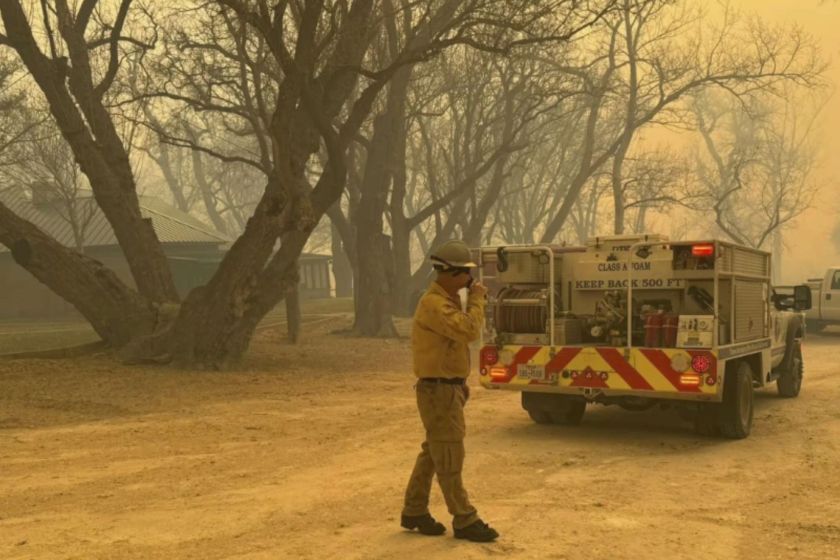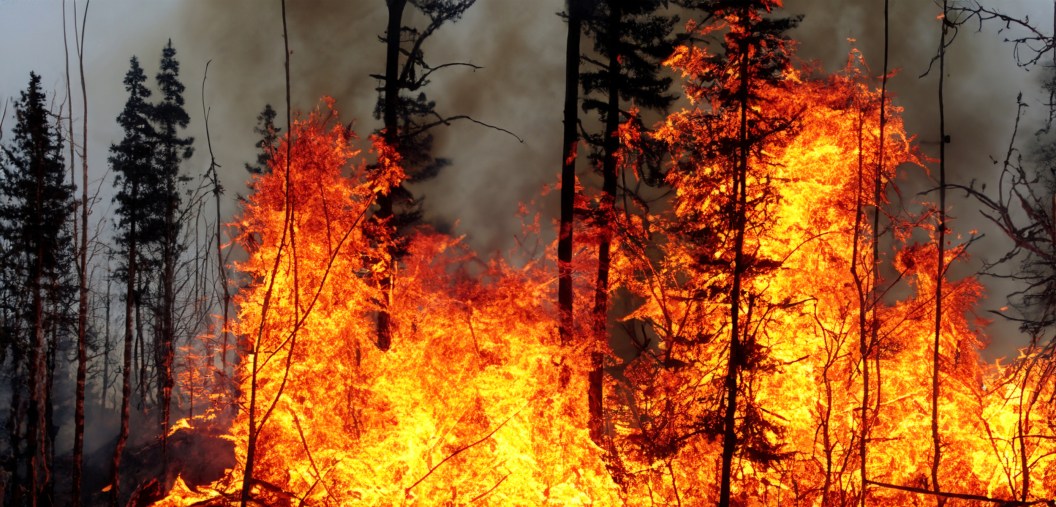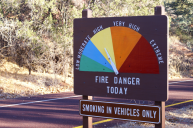Dry grass, high winds, and unseasonably warm temperatures created a perfect storm this week for wildfires hurtling across Texas that briefly shut down operations at a nuclear weapons facility, prompted home evacuations, and knocked out power to thousands of people in the Lone Star State.
The Pantex plant, which is the main site in the United States for both assembling and disassembling nuclear weapons, paused operations and evacuated non-essential staff Tuesday night as fires crept close enough to warrant concern. By Wednesday, operations had returned to normal. All weapons and special materials remained safe and unaffected, according to a statement from Pantex. Laef Pendergraft, a spokesperson for National Nuclear Security Administration's Production Office at Pantex, said the decision to evacuate was made out of an abundance of caution, the AP reported.
Sixty counties in the Texas panhandle fell under a disaster declaration issued by Gov. Greg Abbott in response to the state's second-largest wildfire ever, which ignited Monday and spread quickly. By the next day, evacuations had begun. It is unknown at this time how many homes and other structures have been damaged. In addition to shutting down the nuclear plant Tuesday, the fire—which was named the Smokehouse Creek Fire—has burned more than 500,000 acres, according to the Texas A&M Forest Service. There was no word yet on what sparked the blaze.

AP Photo via Flower Mound Fire Department
The Smokehouse Creek fire has wreaked havoc on residents in Texas even beyond the evacuation zone. As it crept toward Amarillo, its smoke triggered warnings from local weather officials for people who suffer from respiratory illnesses.
On top of that, the fire has not been contained to Texas. It crossed into northwestern Oklahoma, where it prompted more evacuations, namely in a hospital and nursing home located in Shattuck.
Low humidity, high winds, and dry grass across several other nearby states have prompted the National Weather Service to issue red flag warnings and fire danger alerts across the middle corridor of the country.




